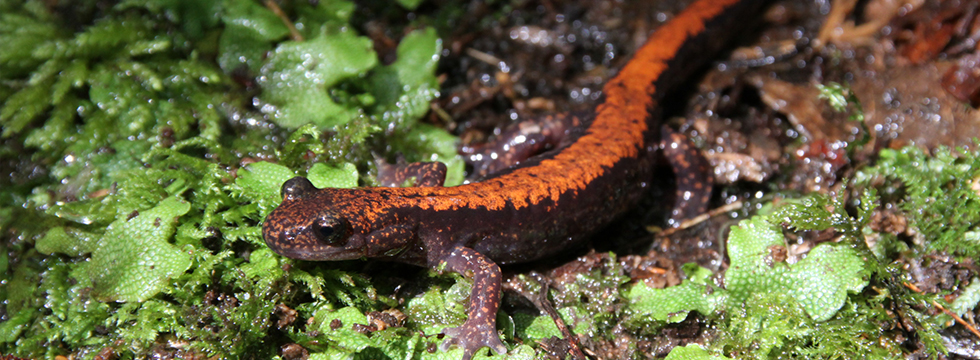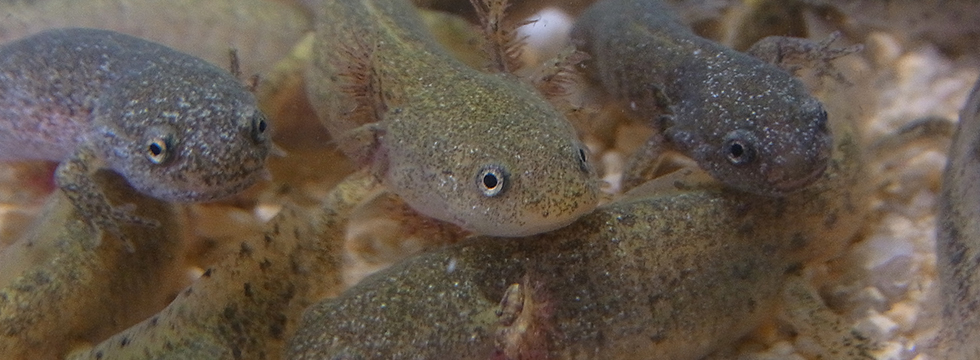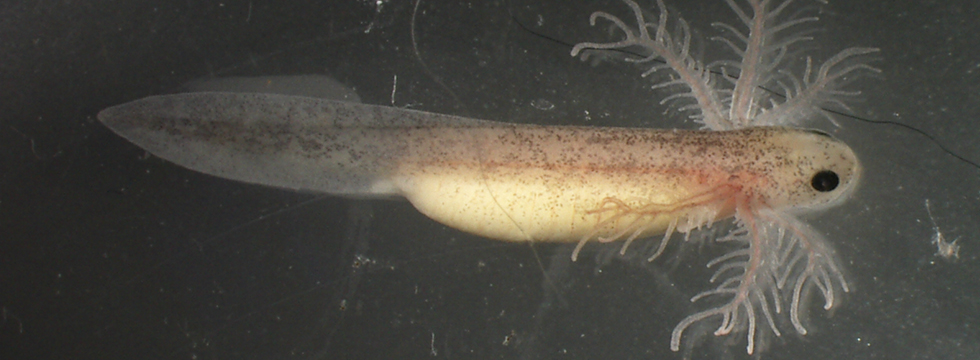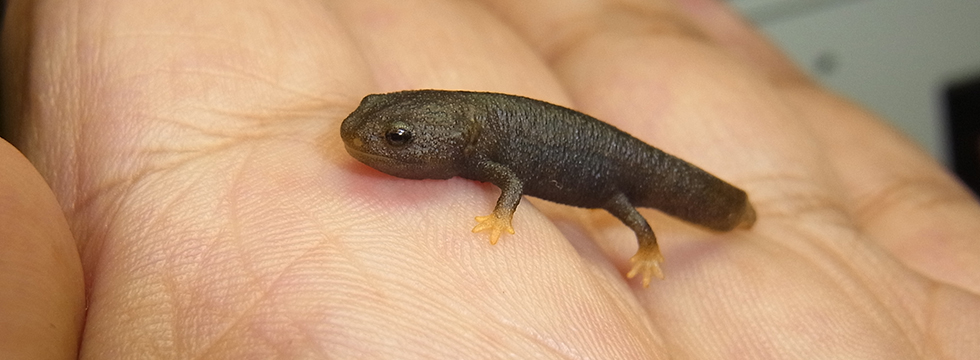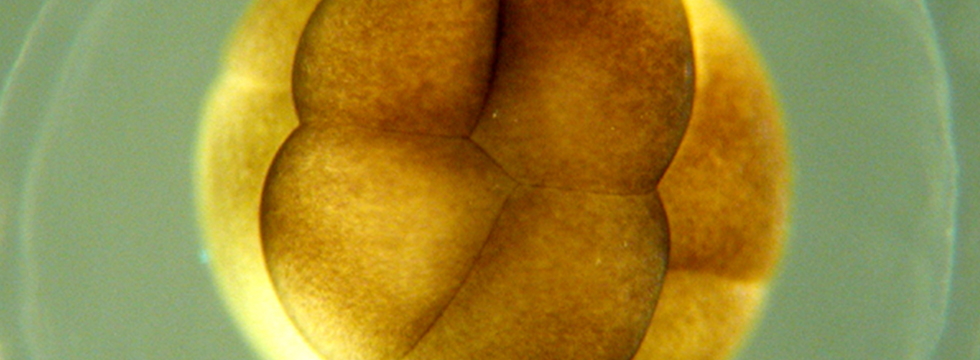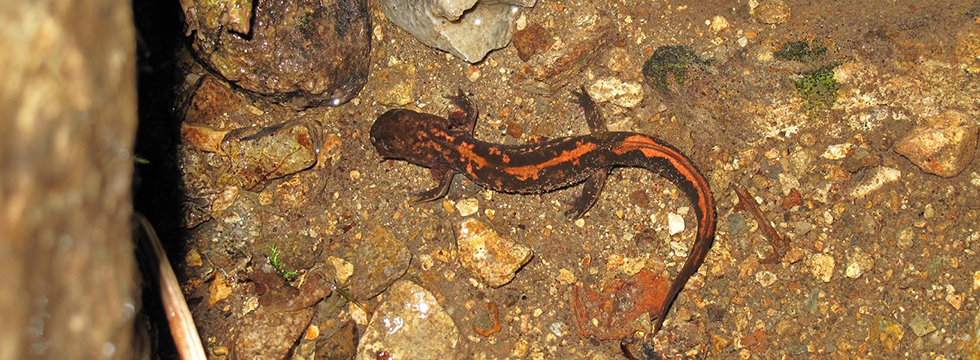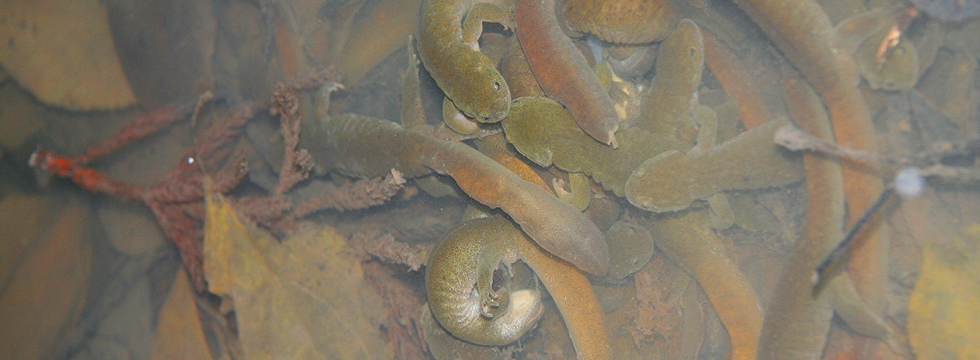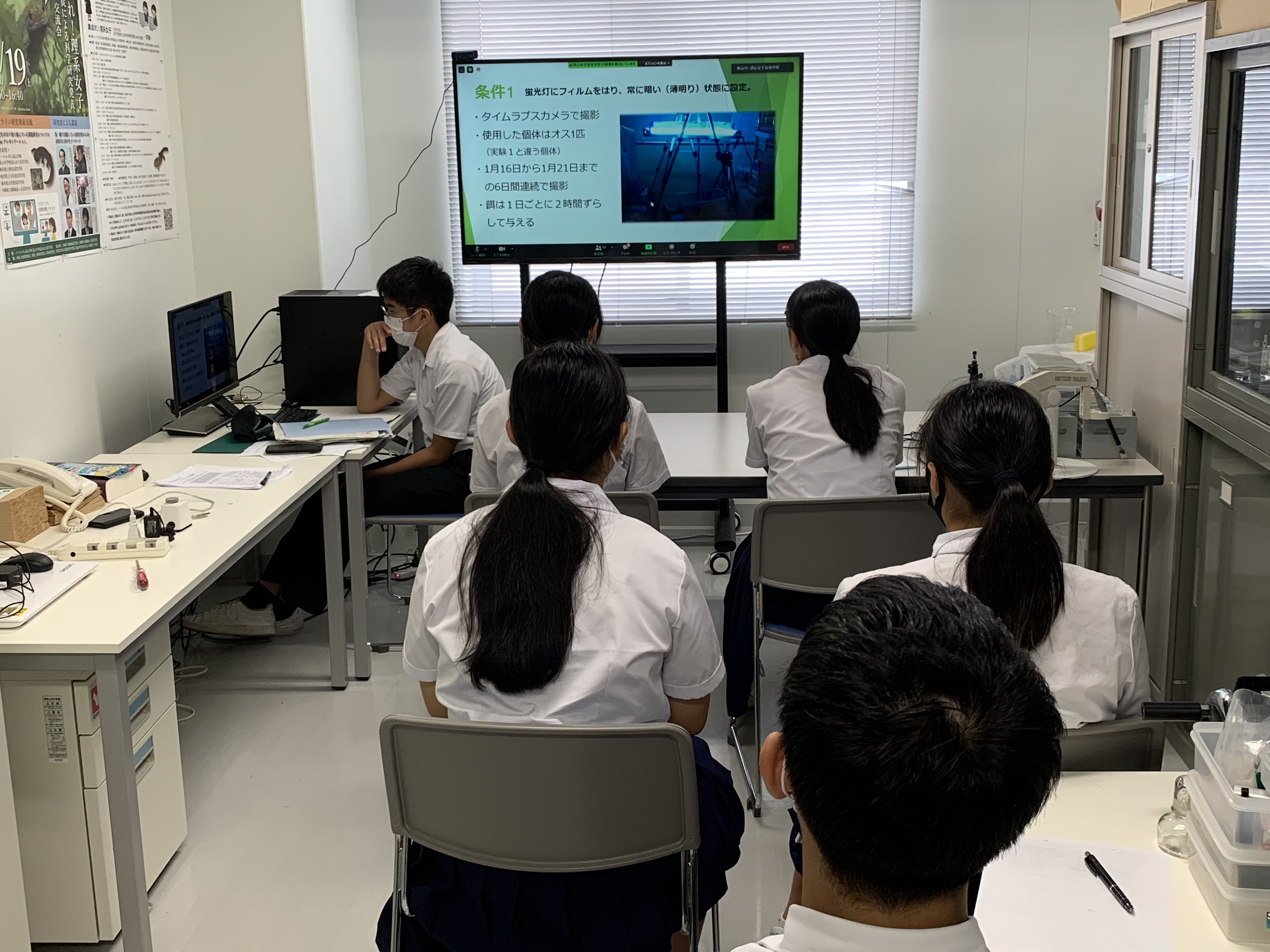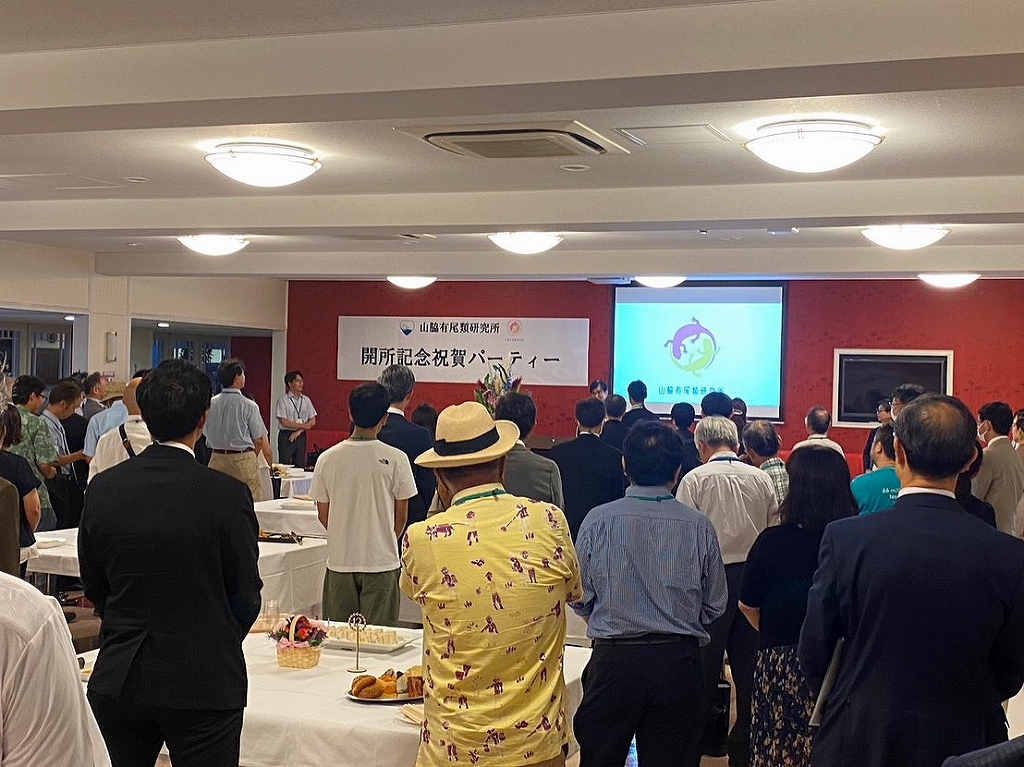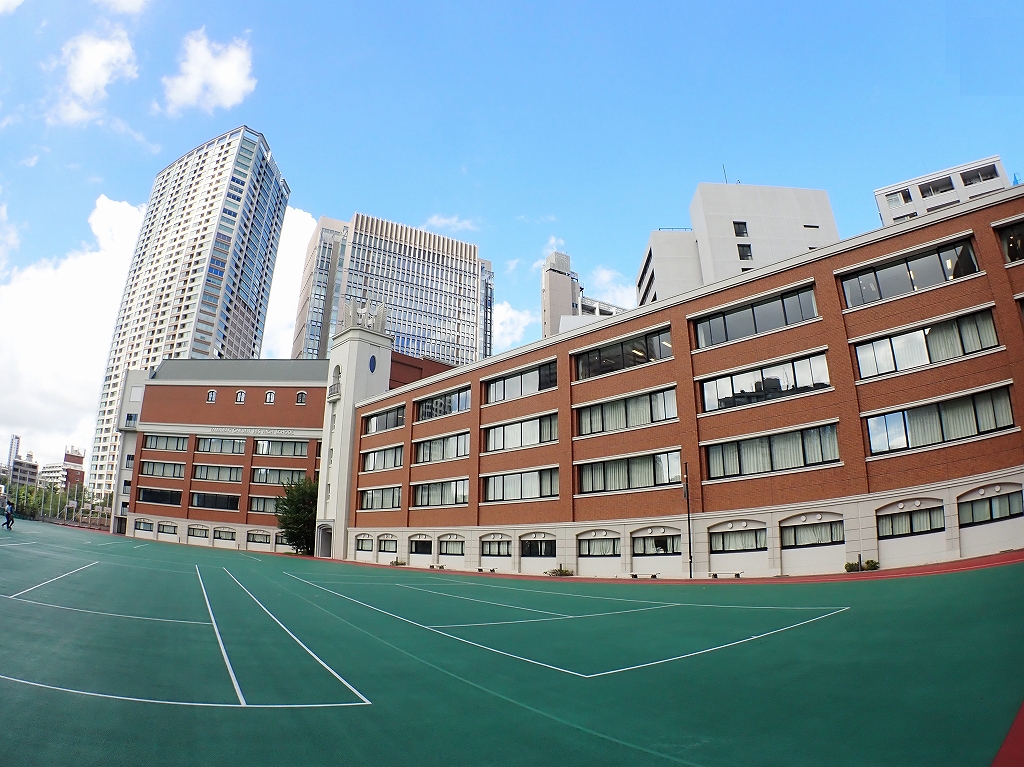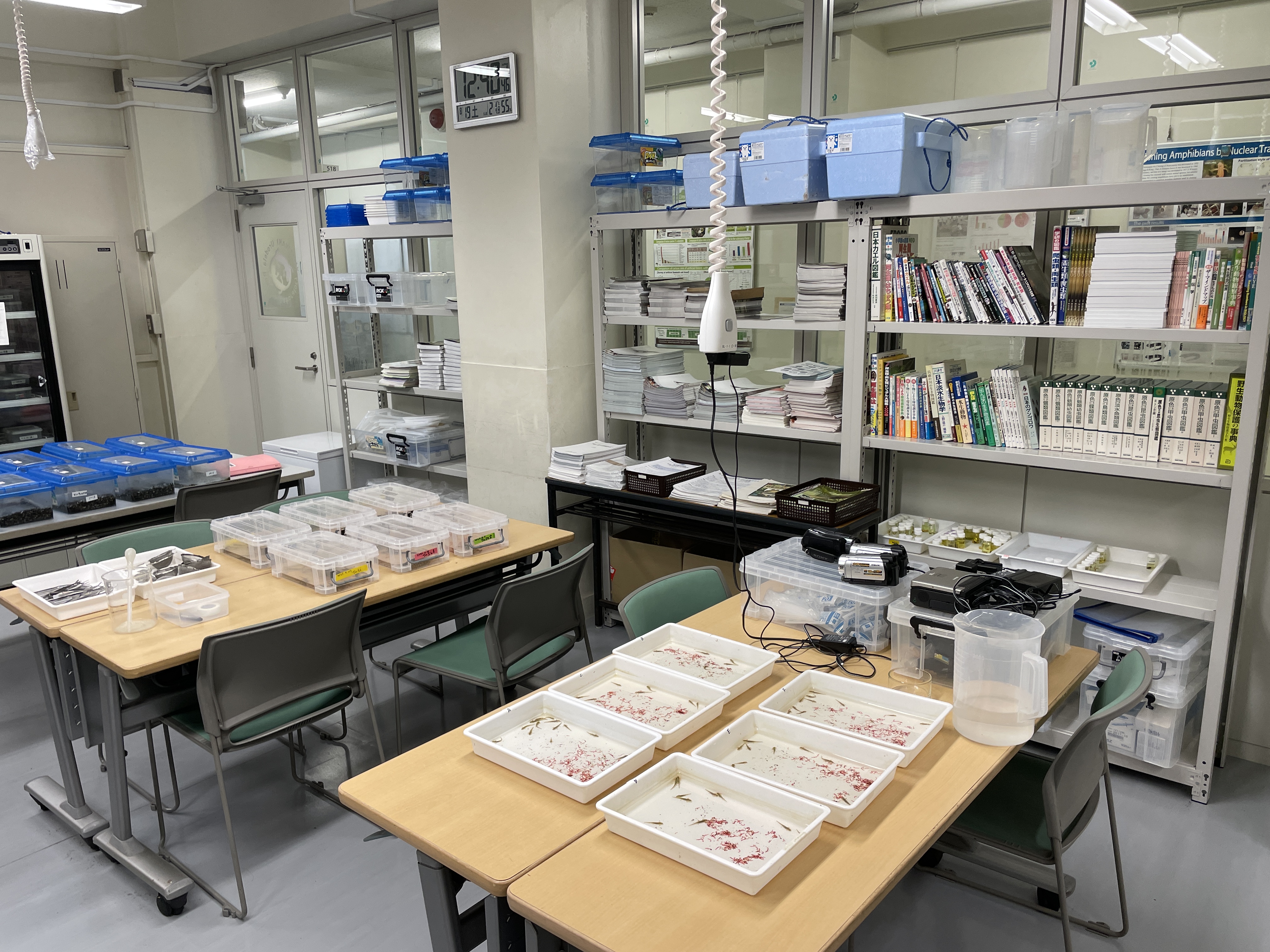Miyuki SUZUKI, Seishin Girls’ High School
Sella TAKEI, Seishin Girls’ High School
Shigeharu AKIYAMA, Seishin Girls’ High School
and
Jyunji SANO, Faculty of Agriculture,Tottori University
Abstract
The aim of the present study is to clarify the role of forests in the absorption of carbon dioxide. In order to determine forest CO2 absorption capacities, we conducted a five-year investigation of artificial and natural forests, examining tree height, diameter and age. We then analyzed these data with regards to the forest structure and diversity of tree species. We found that artificial and natural forests absorbed CO2 at rates of 139 kg/100 m²/year and 261 kg/100 m²/year, respectively. Compared to artificial forests, the
natural forests had a complex hierarchical structure containing a wide range of tree types and trees of differing heights. We hypothesized that these characteristics allow natural forests to achieve a more efficient rate of photosynthesis. Moreover, we found that red pine trees, in particular, have a high CO2 absorption rate because of their rapid growth. We concluded that natural forests have a significantly greater ability to absorb CO2 than artificial forests. A typically Japanese person emits approximately 2 tons of CO2 per year from household, indicating that only 7% and 13% of the annual emissions from a single person can be absorbed by 100 m² of artificial and natural forests, respectively. These results suggest that not only the protection of natural forests, but also fundamental changes in our lifestyle are necessary to stem the rise in CO2 emissions.
Bulletin of Okayama Prefectural Nature Conservation center (18):37-45,2011

